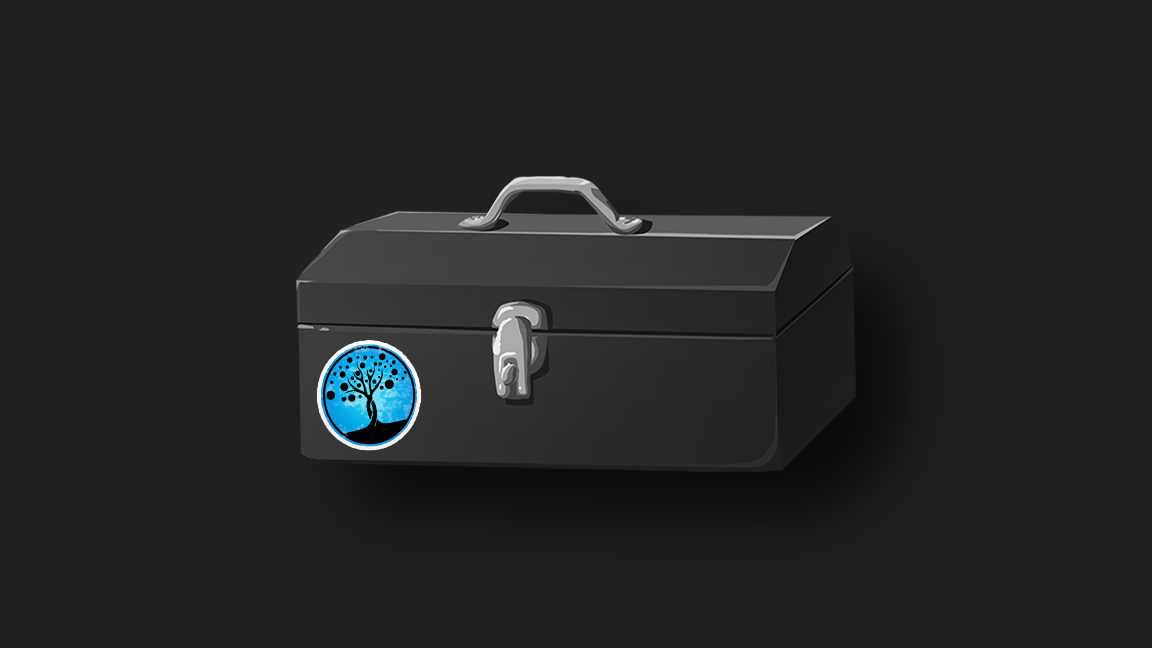The Icebergs in Your World and Their Concrete Foundations
Share
Great, now you’ve strung together your MRUs, saddled up your Merglix and are taking to the skies undulating, twisting and soaring through the clouds of your imagination on the beast’s brightly colored wings.
But wait.
What’s a Merglix?
Well, I make a living from making up fantasy situations and creatures. You tell me? I’ve given you three moments in that introduction to describe it. By giving you some characteristics but not really stopping to explain the whole thing, I’ve created gaps that your mind is going to start to fill automatically.
There is probably some variant in how you view it. But all of you are probably thinking of something that is a magical creature at least longer than it is tall or wide, it has wings and its purpose in life is probably a beast of burden but maybe slightly prestigious because you got it as a reward for learning about MRUs.
I’ve given you enough to come up with something, from here any more details are a question of what it needs to be. Are its feathers important to parts of the story? What’s the story behind how the feathers were used by the tribal people of Bat’tu? Do they use their clawed feet to scratch the Earth when they are uneasy? Is that a detail that you can use to set up tension in future moments?
I’m fairly certain the organization of its guts aren’t important unless… wait… there can be a cute saying about how they bond with riders and how since they have two hearts, they love more than a human.
Now I’m just going off the rails, but I want to start illustrating several points. Let’s talk about concrete, abstract and icebergs.
Simply put, the iceberg is a common metaphor used in writing where you only really give the reader a small section of the whole world, history, and everything in between. However, if you give the reader a small slice of view down into the deeper iceberg than what shows on the surface, it tickles their imagination and they think about the whole iceberg.
It is a tricky subject; how much are you supposed to show? This is where my favorite and most used element of writing comes in.
The triplicate.
Take three things that make the world unique or similar to our own. Then give three ways they interact in the world.
Example: People all have fire magic. They migrated out of deserts, no one lives in those. Instead, you find the colder regions of the world more populated than would be normal. People, now with a ready source of light, often work later into the night. Using mage-controlled wildfires is a common tactic in war, which means that border areas are deforested.
I don’t have to keep going and extrapolating how fire magic makes this world unique. I’ve given enough and the reader is already having the time of their life thinking about and expanding on this. You as the writer need to keep it in mind and make sure there’s no point where readers are going to say, ‘why not use fire magic?’ while looking at you like you’re an idiot.
Doing this makes the fire magic part of the world and that is really the biggest trick to world building. Taking these elements that make it unique and grounding them. Say the Merglix I mentioned before, having its feathers be important to the Bat’tu tribe made that creature part of the world.
I don’t have to explain what they are used for. Or I don’t have to until my character meets one of those people. But by adding that little detail it heavily anchors the creature in the readers imagination. It makes the world larger and ignites the imagination.
Sometimes the best parts of a story are what we don’t say. If you watch Suits, people love to guess what Donna and Harvey do with the can opener and staples for their pre-trial ritual. They never tell you, instead they leave it up to the viewers imagination and boy do people love to be imaginative. It is a big topic in the show’s fandom and drives a lot of conversation, something you’ll learn is very important for your career.
When you get to a number of J.J. Abram stories, they are all what I call ‘What’s in the Box’ stories. There’s also a metaphorical box. Take the hatch in Lost; The entire six seasons of one of the most watched TV shows of all time hinged on a single question. What’s in the Box? The tension from that one unanswered question was strung out and kept people watching for years.
Think about that next time you start to go all out explaining things. People don’t need much. Triplicates are incredible. Let the readers play with their imaginations.
Continuing this thread, because I think it is the same skill, but on a smaller scale, Concrete versus Abstract.
It’s another lever for you to play with. The more concrete you are, the more the reader is going to understand and become invested in that object. Don’t overly describe something that is going to be thrown away the next chapter. Meanwhile, being more abstract makes the reader lean back and play with their imagination.
We want both. But how they are applied is important.
Take for example the understanding of fire magic in the world. If the main character never gets fire magic, lives in a place that has no fire magic, don’t go into detail about fire magic or your readers will be sitting there going ‘when’s he gonna get fire magic?’.
Using concrete and abstract descriptions can help you manage readers expectations which is a huge part of landing the larger level story elements.
So be careful of what parts of your iceberg you decide to focus on. The concept of the iceberg can be applied to multiple levels of the world building as well. You can have an overall iceberg for the world and then when you visit a country in the fantasy world, you can have that country’s own iceberg. Having three levels of icebergs is actually ideal. Because triplicates.
Focus on what’s important and prime the pump to get the readers imagination going with triplicates.


2 comments
This is awesome. Gave me some things to think about in my own work. I especially loved how you touched on the importance of leaving things open to the reader’s imagination in some instances and laying out concrete detail in the others.
It’s how you write narratives with Jordan and Tolkien quality worldbuilding with AGILITY
This article represents quality advice for writers in any genre of fiction. Superb work and thank you for sharing
Great article! I think that utilizing the imagination with triplicates makes books a better read.